
Zakliczyn
Elaboration author
Artur Karpacz
Monuments
Parishes
People
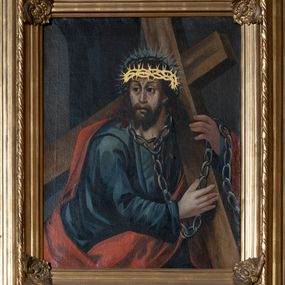
Picture
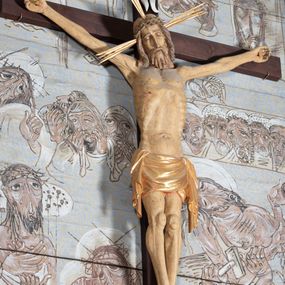
Crucifix
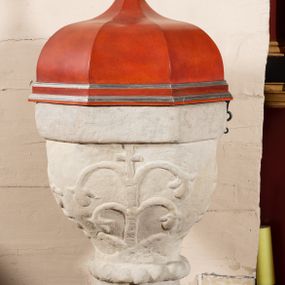
Baptismal font
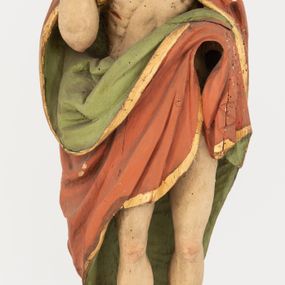
Risen Christ
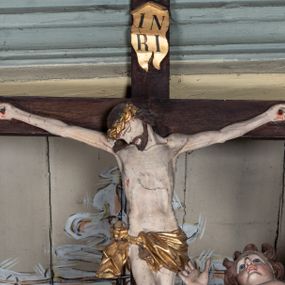
Crucifix held by angels
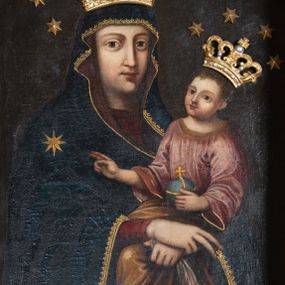
Our Lady of the Snows

Processional cross

St. Stanislaus Kostka
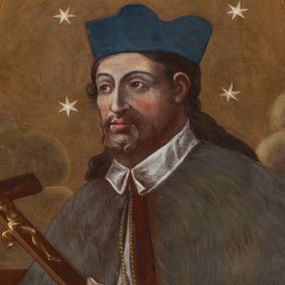
St. John of Nepomuk

All Saints
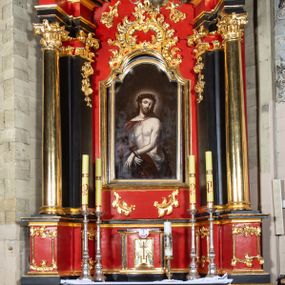
Church tabernacle
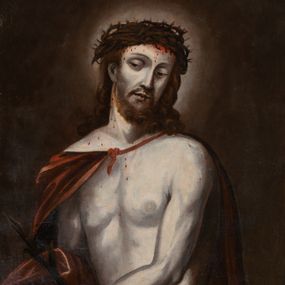
Ecce Homo
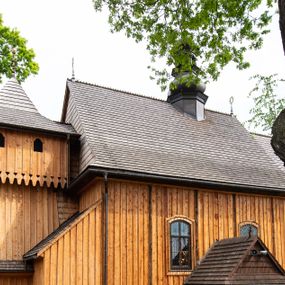
The church of All Saints in Zakliczyn
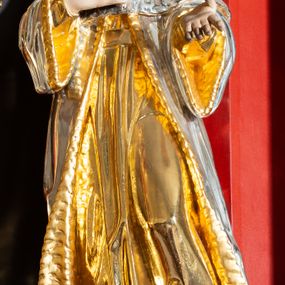
St. Casimir
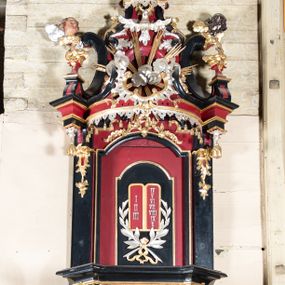
Pulpit
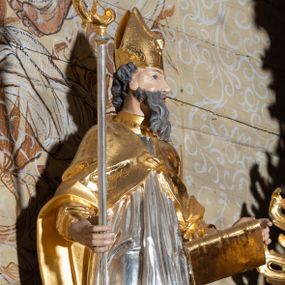
St. Adalbert
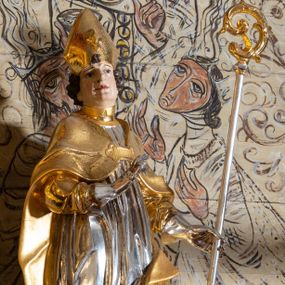
St. Stanislaus
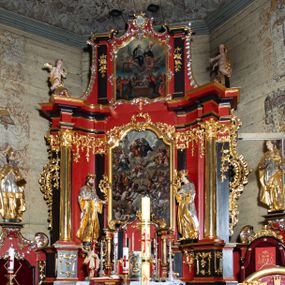
High altar
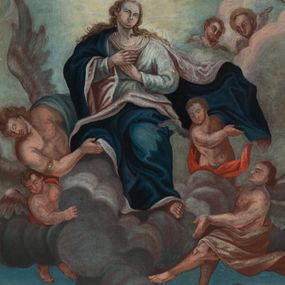
Assumption of the Blessed Virgin Mary
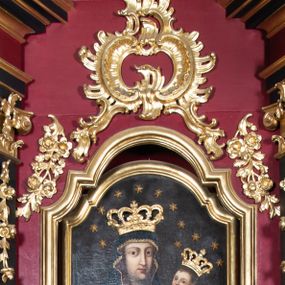
Side altar of Our Lady of the Snows
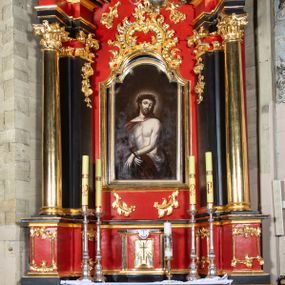
Ecce Homo side altar

St. Anthony
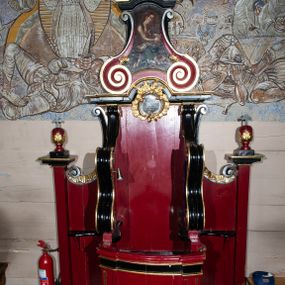
Confessional no. 2
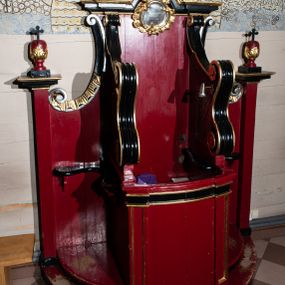
Confessional no. 1

Madonna and the Child
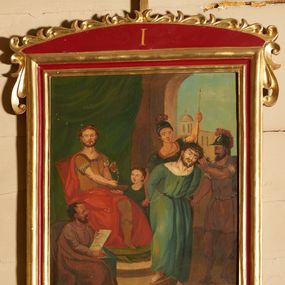
Picture

Picture

St. Nicholas

Picture
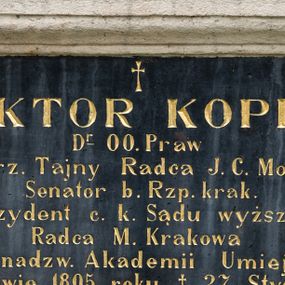
Epitaph plaque of Wiktor Kopff

Picture
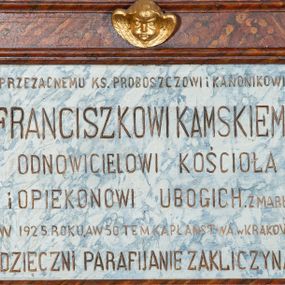
Epitaph plaque of Franciszek Kamski
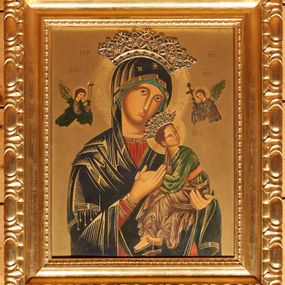
Picture
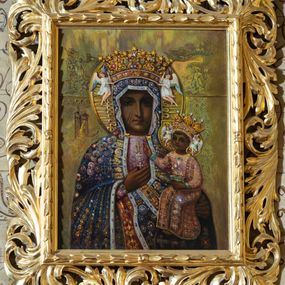
Picture
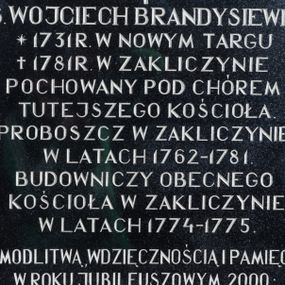
Epitaph plaque of father Wojciech Brandysiewicz
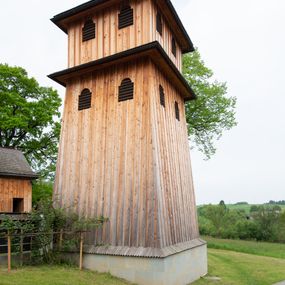
Bell tower
History abstract
The first incorporation of the village under Polish law may have happened in the second half of the 13th century. The village certainly existed before the oldest records of Peter's pence from 1325-1327, and later belonged to Siepraw demesne, held by the Jordan family from Myślenice. As the bergmeisters of salt mines in Wieliczka, the family with time gathered land near the Wieliczka mine. At the beginning of the 15th century, Zakliczyn was transferred to German law, and the local government with a village leader was organised. Mikołaj Wiktor Jordan, together with his brothers Stanisław and Adrian, became infamous in the history of the village because they coverted to the Lutheran faith in 1566 and profaned the parish church, occupying the fields and forests of the parish. The situation was reversed at the beginning of the 17th century by Stanisław Jordan, who founded a new temple in the village. In the period between 1651 and 1652, there was an outbreak of plague in Zakliczyn and its surroundings which decimated the local population. Then, Swedish and Transylvanian troops conquered the fortress in Dobczyce and occupied the neighbouring towns and villages for nearly two years. Stabilisation under the rule of Franciszek Jordan was interrupted by another armed conflict in 1701-1721. The Swedes and Russians invaded Lesser Poland, plundering the possessions of the region's inhabitants, which had been accumulated over the past few years of peace. During the reign of August III, the Jordan family held five demesnes in their possession - two to the north of Cracow and three to the south. At the turn of the 1760s and the 1770s, Stefan Jordan sold the Siepraw demesne together with Zakliczyn. Shortly afterwards, the Austrian Empire occupied the Cracow voivodship unto the Vistula river, incorporating these lands into the monarchy. After the first partition of Poland on the seized lands, the partitioner established the Kingdom of Galicia and Lodomeria with the capital in Lviv. According to the inventory from 1798, Julia of the Makowski family, the widow of Paweł Skarbek Białobrzeski, remained the heiress of the estate. Peasants, incited by Austrian authorities, found a way out of their frustration by attacking gentry manor houses in 1846. Luckily, the Dunin-Brzeziński family were away from the village at that time, which probably saved them from being lynched by the people. In 1848, serfdom was abolished in landlord and parish manors. In 1869, Wiktor Kopff, a retired president of the Higher Court in Cracow, purchased and gathered all of the estates. He quickly began the renovation of farm buildings and decided, persuaded by his son Henryk, to establish a new manor house, completed in 1874. Unfortunately, the recurring natural disasters, the war between Austria and Prussia and the decrease in the value of money were not conducive to the profitability of the farm. Unpaid loans forced the widow, Józefa, to parcel a part of the land divided between the local peasants and the bank in Wieliczka. At the turn of the 19th and 20th centuries Zakliczyn had 179 houses and 1000 inhabitants, with a two-class school, a farmers' association and Reiffensen's credit union. The outbreak of World War I in the summer of 1914 slowed down the intensive development of the village. In independent Poland, raging inflation almost led the peasants to bankruptcy. The poor rural population left to do seasonal work to France, Belgium, Germany and Denmark. The last heirs of the manor farm in Zakliczyn in 1934-1945 were engineer Wacław and Irena Iwaszkiewicz. After the outbreak of World War II, Wacław was sent to the POW camp in Starobielsk. He died in Charków in April 1940. The widowed Irena ran her own farm, hiding Home Army soldiers and civilians expelled from Warsaw after the fall of the uprising in autumn 1944. Luckily, the agricultural reform of 1945 did not include the property, but the communist authorities gradually occupied further spaces in the manor house for the needs of the Communal Cooperative "Samopomoc Chłopska" or the post office. In 1976, almost the entire estate complex was purchased by the Institute of Metal Cutting in Cracow, allocating the former manor to the sanatorium needs of the employees of the Institute.
How to cite?
Artur Karpacz, "Zakliczyn", [in:] "The Sacred Lesser Poland Heritage", 2026, source: https://sdm.upjp2.edu.pl/en/places/zakliczyn
